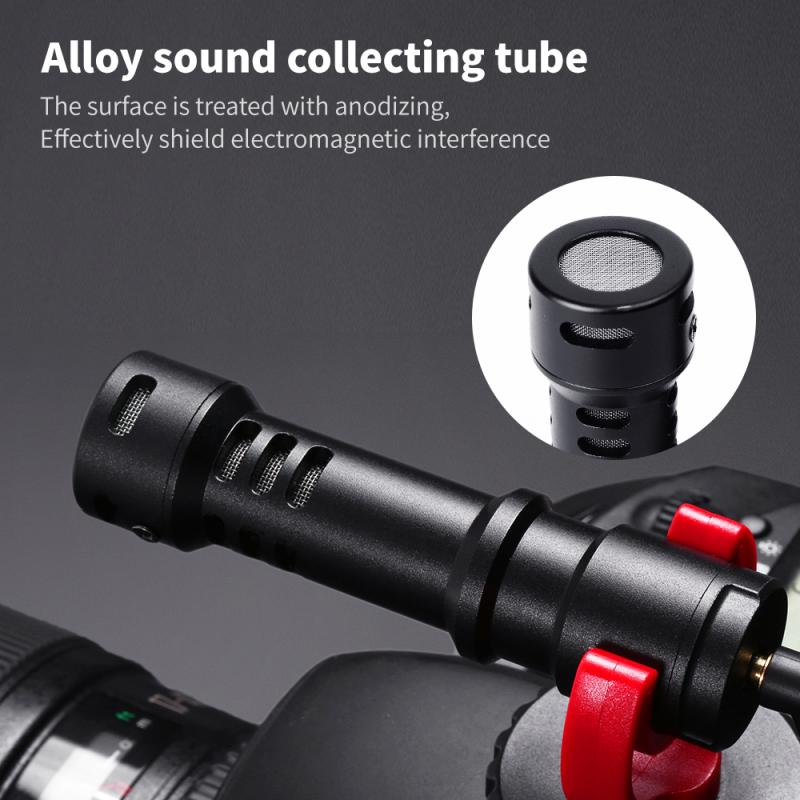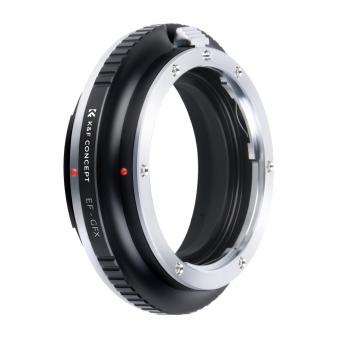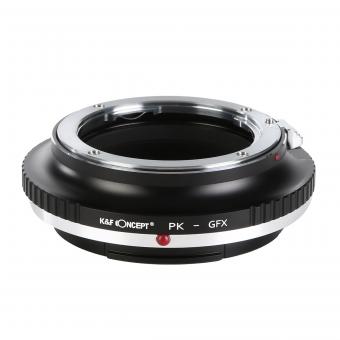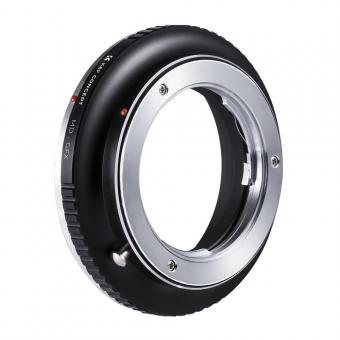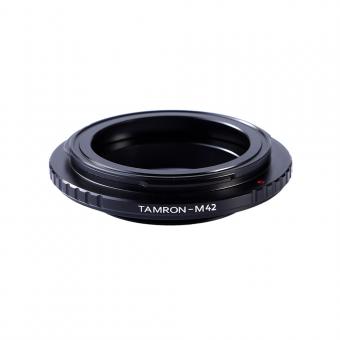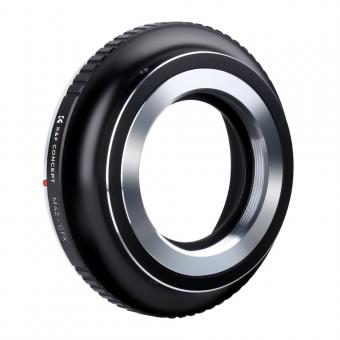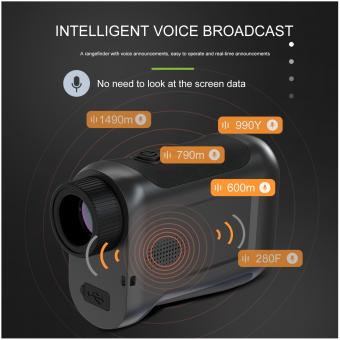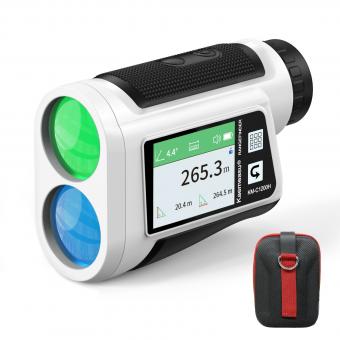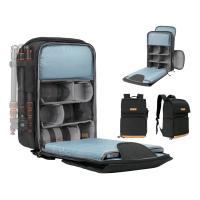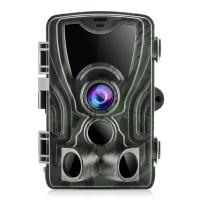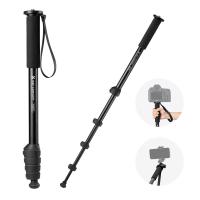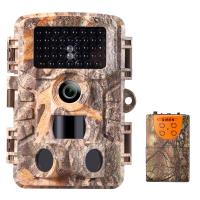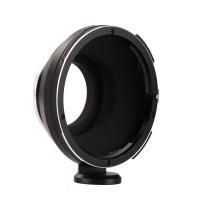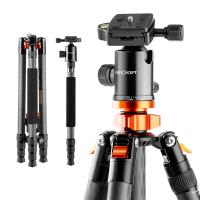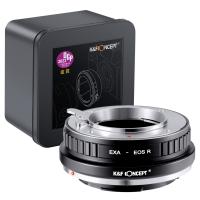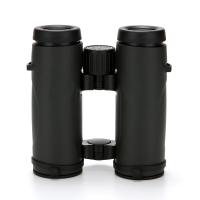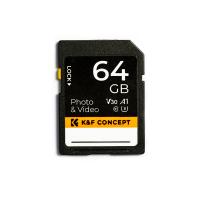Why Weren't There Rangefinders For Each Battleship Gun ?
There were several reasons why there weren't rangefinders for each battleship gun. One reason was the cost involved in manufacturing and installing rangefinders for each gun. Another reason was the limited space available on the battleships, making it impractical to have a rangefinder for each gun. Additionally, the technology for rangefinders was still developing during the time when battleships were in use, and it was not feasible to have a rangefinder for each gun at that time.
1、 Technological limitations of the time period
There were several reasons why there weren't rangefinders for each battleship gun during certain time periods. One of the main reasons was technological limitations. Battleships were primarily used during the late 19th and early 20th centuries, a time when technology was rapidly advancing but still had its limitations.
Rangefinders were a relatively new technology at the time, and their development and implementation were still in progress. The accuracy and reliability of rangefinders were not yet perfected, making it difficult to have them installed on each battleship gun. Additionally, the size and weight of early rangefinders made it impractical to have one for each gun.
Furthermore, battleships of that era relied on a centralized fire control system. This system involved a main rangefinder located on the ship's bridge, which would calculate the range to the target and transmit the information to the gunnery officers. These officers would then relay the range to the individual gun crews. This centralized system was considered more efficient and cost-effective than having a rangefinder for each gun.
It is important to note that the latest point of view suggests that the centralized fire control system was not without its flaws. It relied heavily on human interpretation and communication, which could introduce errors and delays. As technology advanced, battleships began to incorporate more advanced fire control systems, including rangefinders for each gun. However, by the time these advancements were made, battleships were becoming less relevant in naval warfare due to the emergence of aircraft carriers and guided missiles.
In conclusion, the lack of rangefinders for each battleship gun during certain time periods was primarily due to technological limitations of the era. The centralized fire control system was considered more practical and cost-effective at the time, although it had its drawbacks.

2、 Cost and resource constraints
Cost and resource constraints were the primary reasons why there weren't rangefinders for each battleship gun. During the time when battleships were in their prime, technology was not as advanced as it is today. Rangefinders were complex and expensive pieces of equipment that required skilled operators to use effectively. Equipping each battleship gun with a rangefinder would have been a significant financial burden for navies, especially considering the large number of guns on each battleship.
Furthermore, battleships were already expensive to build and maintain, and adding rangefinders to each gun would have further increased their cost. The resources required to manufacture and install rangefinders on every gun would have been substantial, and it is likely that navies prioritized other aspects of battleship design and armament over the inclusion of rangefinders for each gun.
Additionally, battleships were often part of a larger fleet and operated in coordination with other ships. Rangefinders were typically installed on the bridge or in a central location on the ship, allowing for effective targeting and coordination of fire. This centralized approach was more practical and efficient than equipping each individual gun with a rangefinder.
From a modern perspective, advances in technology have made rangefinders more compact, affordable, and easier to use. However, the era of battleships has largely passed, and naval warfare has evolved to focus more on aircraft carriers, submarines, and guided missile systems. As a result, the need for rangefinders on battleship guns is no longer relevant in today's naval operations.

3、 Tactical considerations and prioritization of other equipment
There are several reasons why there weren't rangefinders for each battleship gun. One of the main reasons is tactical considerations and prioritization of other equipment.
During the time when battleships were in their prime, technology was not as advanced as it is today. Rangefinders were a relatively new invention and were not yet widely available or perfected. The development and implementation of rangefinders required significant resources and time, which may have been prioritized for other crucial aspects of battleship design and weaponry.
Additionally, battleships were massive and had multiple guns, often arranged in turrets. It would have been impractical and costly to equip each gun with a rangefinder. Instead, battleships typically had a limited number of rangefinders strategically placed on the ship to provide accurate range measurements for the entire vessel. These rangefinders were usually located on the ship's superstructure or in dedicated fire control stations.
Furthermore, battleships relied on a coordinated firing solution, where the rangefinder data was shared among the guns. This allowed for a concentrated and synchronized barrage of fire, maximizing the chances of hitting the target. Having a rangefinder for each gun would have required additional personnel to operate and interpret the data, which could have complicated the firing process.
From a modern perspective, advancements in technology have made individual rangefinders for each gun more feasible. However, the decline of battleships as a primary naval force and the rise of more versatile and precise guided missile systems have rendered this issue largely obsolete.
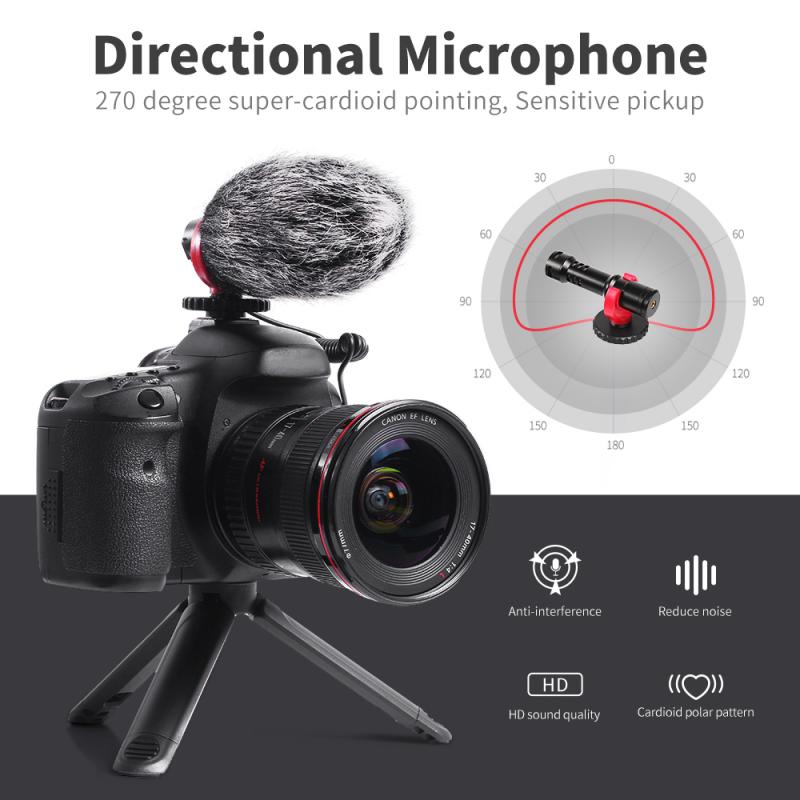
4、 Evolution of naval warfare strategies
There are several reasons why there weren't rangefinders for each battleship gun during the evolution of naval warfare strategies.
Firstly, during the early stages of naval warfare, rangefinders were not as advanced or widely available as they are today. The technology required for accurate rangefinding was still in its infancy, and it was not feasible to equip each battleship gun with a rangefinder.
Secondly, the cost and logistical challenges of installing rangefinders on each gun would have been significant. Rangefinders were expensive and required skilled operators to use effectively. Equipping each gun with a rangefinder would have required a substantial investment of resources and manpower.
Thirdly, naval warfare strategies at the time focused more on broadside firing rather than individual gun targeting. Battleships would typically fire salvos of shells at enemy ships, relying on the accuracy of the ship's main rangefinder to determine the range for all the guns. This approach allowed for a greater concentration of firepower and simplified the firing process.
Lastly, the evolution of naval warfare strategies also played a role in the decision not to have rangefinders for each battleship gun. As naval tactics shifted towards aircraft carriers and long-range missile systems, the need for individual gun rangefinders became less relevant. Modern naval warfare strategies prioritize long-range engagements and precision-guided munitions, rendering the need for individual gun rangefinders obsolete.
In conclusion, the lack of rangefinders for each battleship gun during the evolution of naval warfare strategies can be attributed to the limitations of early technology, cost considerations, the focus on broadside firing, and the changing nature of naval warfare tactics.
